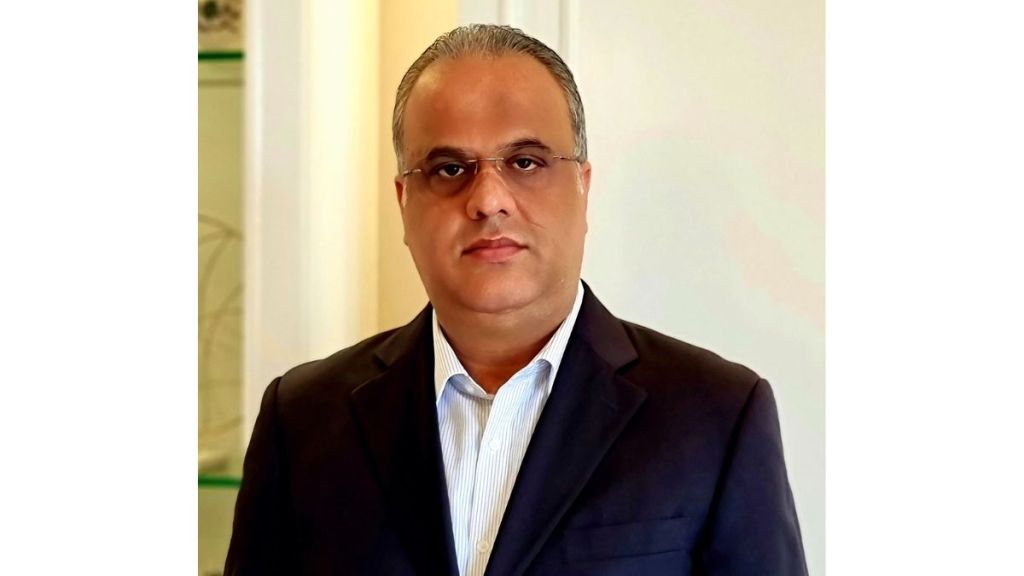By Prateek Gujral
The idea of liberal arts has had been there for many years in many parts of the world. However, it has taken some time for people in India to shift their perspectives and realise the importance of a student’s holistic growth as opposed to only being an expert in one field. That’s why the National Education Policy (NEP) in 2020, which aims to universalise and de-compartmentalise Indian education, now focusses on expanding the breadth and depth of learning, following the liberal arts doctrine. As per the policy, now, even technical universities are required to include courses in humanities and social sciences, whereas in institutions that primarily provide education in humanities, are required to integrate their curriculum with science and management courses.
Relevance of Liberal Arts education
A student of the liberal arts can pursue higher education in any field of their choice and work in areas such as: technology, entrepreneurship, financial services, research, public policy and economics, environment, journalism, advertising, public relations, digital communications, social development, psychology and behavioural sciences, among others. With the arrival of fourth industrial revolution, and the fast evolving employment landscape, a liberal arts education has become more relevant than ever before.
The liberal arts pedagogy prepares students for life in general as it teaches them essential life skills. The students have an advantage over others and a plethora of alternatives for the future as they possess soft skills that offer value to their life. They gain a practical understanding of business and a wider world through experiential learning.
The interdisciplinary and multidisciplinary approach of liberal arts doctrine integrate different areas of study and expands students’ learning across multiple disciplines. For example, an environment science student can study a course in data analytics, while a music student can take up a course in psychology. Such methodology at an undergraduate level spurs the ability of students to understand issues from different perspectives. This way, he/she is able to expand his/her holistic and intellectual grounding. Besides critical thinking and fact-based problem-solving approach, which is the centre point of learning in liberal arts, students are better prepared to handle emerging challenges as well as opportunities. Most importantly, they become better human beings as they are more aware of their social responsibilities.
What kind of support is required to make the learning seamless?
As laid in its structure, the new NEP 2020 will push more public universities to offer a liberal education. However, the seriousness in terms of real planning and execution is yet to be seen.
The entire academic community must understand that the purpose of a liberal arts education is not simply to prepare students for their first job, but also for second, third and future jobs. The conditioning and learning can happen only when the teachers are trained in the required direction. Here, the financial commitments are paramount for teachers’ training in addition to- creating the required infrastructure and offering scholarships for students.
We need trasformation in the current educational system, which places an excessive emphasis on dividing education into numerous streams that lead to specialisations at a young age with little consideration given to laying the core skills. A good example is the liberal framework’s favoured 4-year undergraduate option in the 5+3+3+4 schooling paradigm.
The NEP suggests that the affiliation system be gradually phased out, followed by their consolidation- to form larger educational entities. The realisation here is that the fragmented nature of Indian higher education system is the primary cause of the plethora of problems afflicting affiliated colleges. Thankfully, the new changes will promote a multidisciplinary educational environment in which STEM fields cohabit with those in the arts, humanities, and social sciences.
Democratising liberal education
In a developing nation like India, democratising liberal education to making it available to everyone will require careful planning and significant investments, which are far greater than what is now spent in this area.
A policy is only as good as how it is carried out. It is a challenging undertaking for management specialists, let alone academic leadership, to implement the ambitious NEP plan across a heterogeneous assemblage of over 1,000 institutions, more than 50,000 colleges, around 20 lakh professors, and 1 crore 10 lakh students, each entrenched in old traditions
NEP has defintely outlined the route. If India is to develop into a wealthy nation that can offer a good life to all of its citizens, then it has no choice but to accept it. The next generation of leaders who are loyal to the country and who would work for its growth without sacrificing the freedom to express their own point of view, can be dynamically shaped through liberal education.
Liberal arts education appears to be a good development from the perspectives of multiple stakeholders: students want it, the market need it, society values such people for being sensitive people, and the country needs them as important participants in democracy and as a future leadership pipeline.
The author of this article is principal advisor (South Asia), Augustana University, South Dakota, US.
Also Read: Veranda Learning partners with TNSDC to train students become job-ready


